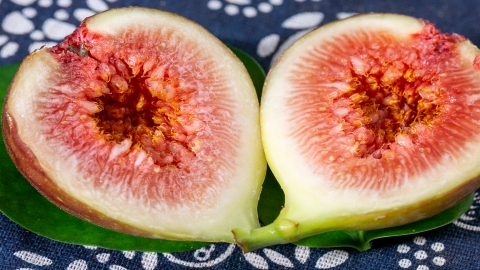Can patients with chickenpox eat figs?
Generally, patients with chickenpox can eat figs, as long as the consumption remains moderate. Detailed explanations are as follows:

Figs contain abundant glucose, fructose, B vitamins, vitamin C, and minerals such as calcium, iron, and phosphorus. These nutrients provide energy and nutritional support to help maintain normal physiological functions. Vitamin C, acting as an antioxidant, can enhance the body's immunity, aiding chickenpox patients in resisting the virus and promoting recovery. Moreover, figs have a soft texture and a sweet taste, making them easy to chew and digest. This makes them suitable for patients who may experience oral discomfort due to rashes. Additionally, the water content and dietary fiber in figs can promote intestinal motility, helping prevent constipation that may result from reduced physical activity. Furthermore, figs are neither considered "heat-inducing" (triggering) foods nor irritating foods, so moderate consumption typically does not worsen symptoms of chickenpox or hinder recovery.
When consuming figs, one should choose fruits that are adequately ripe, as unripe figs may contain certain irritants that could cause oral or gastrointestinal discomfort. Before eating, they should be thoroughly washed to remove dust and impurities from the surface. It is best to peel them before consumption to reduce the risk of gastrointestinal irritation. Also, attention should be paid to the quantity consumed, avoiding excessive intake that could lead to excessive sugar intake and increased gastrointestinal burden.








